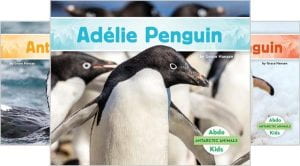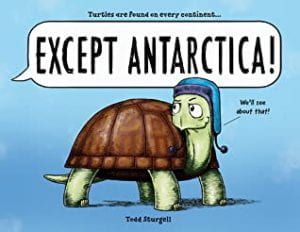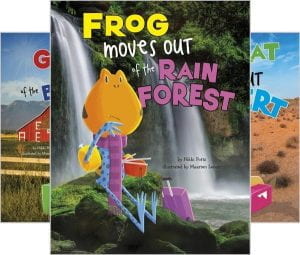 Hansern, Grace. Antarctic Animals series. Abdo Kids, 2022. $22.95 ea. or $137.70 for set of 6. Grades K-3.
Hansern, Grace. Antarctic Animals series. Abdo Kids, 2022. $22.95 ea. or $137.70 for set of 6. Grades K-3.
Adélie Penguin. 978-1-098-20937-7.
Antarctic Shag. 978-1-098-20938-4.
Gentoo Penguin. 978-1-098-20939-1.
Leopard Seal. 978-1-098-20940-7.
Southern Minke Whale. 978-1-098-20941-4.
Wandering Albatross. 978-1-098-20942-1.
The Antarctic Animal series features some of the most impressive animals on Earth: those that can survive the freezing cold Antarctica. This series spotlights some amazing animals and the characteristics that make them unique. This reviewer read the Antarctic Shag book which features information about Antarctica, then focuses specifically on the Antarctic Shag, a bird that is the only one of its species to live in Antarctica. The book informs readers about diet, size, shape, coloring, babies, and other interesting features of this bird.
THOUGHTS: This series is a great starter to learning about several different animals that live in Antarctica. Full photographic illustrations, large words, and additional information located in the back of the book make this series a great nonfiction series for younger readers.
598 Birds Rachel Burkhouse, Otto-Eldred SD
Tags: Animals, Antarctica, Science, Technology


